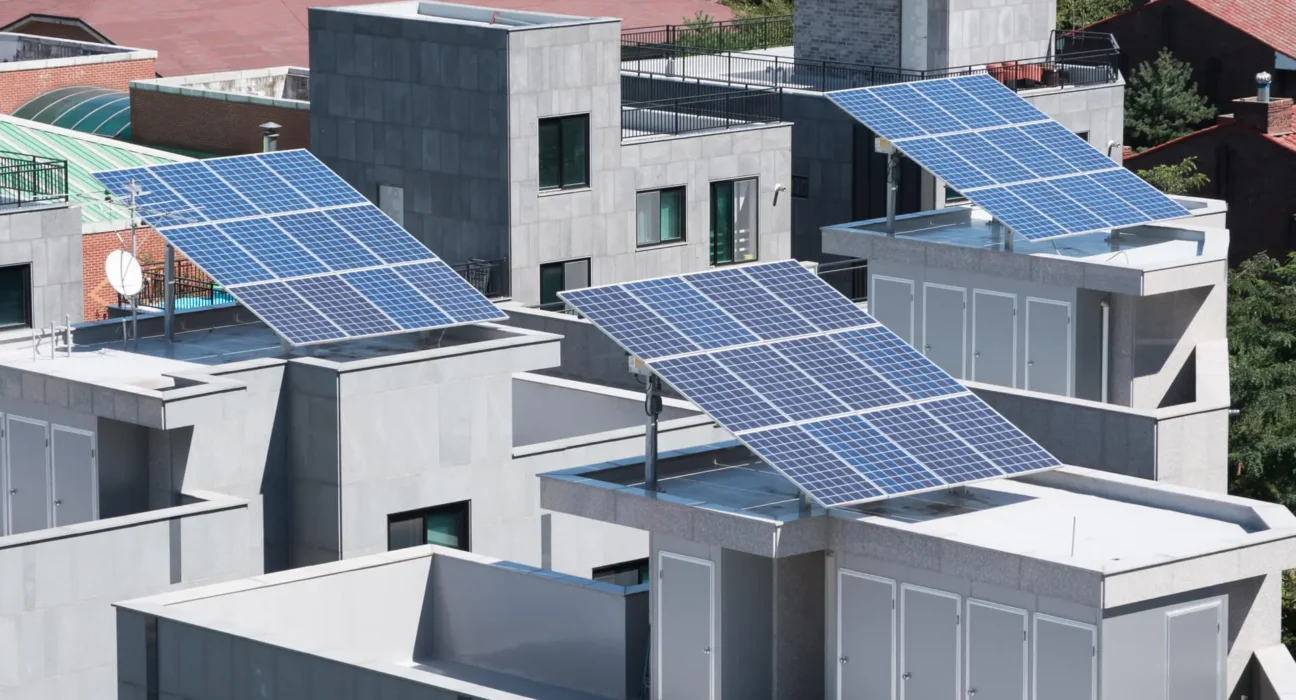Have you ever wondered if switching to solar energy is truly worth the investment? Is it just another trend, or is it a game-changing solution for reducing costs and promoting sustainability? As energy bills continue to rise, solar energy offers a chance to not only cut expenses but also make a lasting impact on the environment. But what are the real costs, benefits, and savings in 2025?
In this comprehensive guide, we’ll dive deep into the financial and environmental benefits of solar energy. You’ll learn about installation costs, long-term savings, government incentives, and why 2025 might be the perfect year to make the switch.
Understanding Solar Energy in 2025
The Current State of Solar Technology
- Solar panel efficiency has reached new heights, offering greater energy output at lower costs.
- Advanced battery storage systems, such as Tesla Powerwall and LG Chem, allow homeowners to store excess power for nighttime use.
Government Incentives in 2025
- Countries like the USA, Canada, and the UK are offering generous tax credits and rebates for solar installations.
- Key Insight: The US Federal Solar Tax Credit (ITC) still allows homeowners to deduct 22% of installation costs.
Environmental Impact
- Solar energy reduces your carbon footprint, helping to combat climate change.
- One solar installation can offset the carbon emissions equivalent to planting 150 trees annually.
The Real Costs of Solar Energy
Initial Installation Costs
- Average installation costs in 2025: $15,000 to $20,000 for a 5kW system before incentives.
- Breakdown:
- Solar Panels: $8,000
- Inverters: $2,000
- Battery Storage: $5,000
Ongoing Maintenance
- Minimal costs compared to traditional energy sources.
- Panels typically require cleaning twice a year, costing about $150 per session.
Cost Recovery Period
- Most systems achieve payback within 7-10 years, depending on energy usage and local incentives.
Benefits of Going Solar
Financial Savings
- Homeowners save an average of $1,500 annually on electricity bills.
- Excess energy can be sold back to the grid through net metering programs.
Increased Property Value
- Studies show that homes with solar installations sell for 4% more than those without.
Energy Independence
- Reduce reliance on utility companies and avoid price hikes.
- Battery systems enable self-sufficiency even during power outages.
4. Key Factors to Consider
Roof Suitability
- Solar panels require a south-facing roof with minimal shading for optimal efficiency.
Energy Usage
- Larger households benefit more due to higher energy savings.
Weather Conditions
- Areas with ample sunlight see faster returns on investment.
Financing Solar Energy in 2025
1. Solar Loans
- Low-interest loans make solar accessible without upfront costs.
- Monthly payments are often offset by energy savings.
2. Power Purchase Agreements (PPAs)
- Companies install panels at no cost to you; you pay for the energy generated at a reduced rate.
3. Leasing Options
- Rent solar panels and enjoy savings without maintenance responsibilities.
4. Green Energy Incentives
- Local governments and energy providers offer rebates for solar installations.
- Example: California offers up to $5,000 in rebates for battery storage systems.
Potential Drawbacks of Solar Energy
Weather Dependency
- Energy production is reduced on cloudy or rainy days.
Upfront Costs
- Despite incentives, initial installation can be expensive.
Space Requirements
- Large systems require ample roof or ground space.
Real-Life Case Studies: Success Stories
1: Residential Installation in California
- Homeowner saved $1,800 annually after installing a 6kW system.
- Payback achieved in 8 years due to federal and state incentives.
2: Small Business in the UK
- A small café reduced energy bills by 60% with a rooftop solar system.
- Government grants covered 40% of the installation costs.
3: Rural Home in Canada
- A rural homeowner achieved energy independence by pairing solar panels with battery storage.
- Total cost recovery within 6 years.
8. Why 2025 Is the Best Year to Go Solar
Technological Advancements
- Panels are more efficient, durable, and affordable than ever before.
Increased Incentives
- Governments are ramping up green energy programs to meet sustainability goals.
Environmental Necessity
- Solar energy helps combat climate change while providing long-term savings.
Is Solar Energy Worth It? Absolutely.
Switching to solar energy in 2025 is more than just an investment in your home—it’s an investment in the planet. With government incentives, reduced costs, and long-term savings, solar power has never been more accessible. Whether you’re looking to lower your bills, increase your property value, or reduce your carbon footprint, solar energy is the answer.
Take the first step toward a sustainable future. Explore solar financing options today and see how much you can save.

